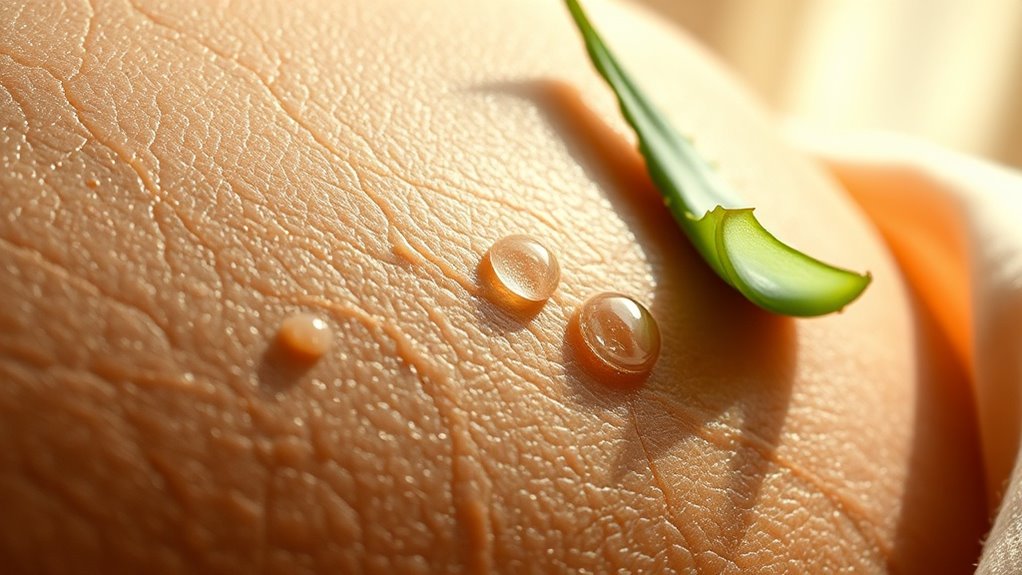Dry or Dehydrated Skin. Here.s How to Tell (And What to Do)
Did you know that nearly 50% of people misidentify their skin type? It’s crucial to understand whether you have dry or dehydrated skin, as the two conditions require different approaches for effective treatment. Dry skin lacks oil, while dehydrated skin lacks water, and recognizing the signs of each can significantly enhance your skincare routine. So how do you determine which one you have, and what should you do about it?
Understanding Skin Types: Dry vs. Dehydrated
When you’re trying to identify whether your skin is dry or dehydrated, it’s essential to understand the distinction between these two conditions.
Dry skin lacks oil, affecting its barrier function, while dehydrated skin lacks water, resulting in compromised skin hydration. Recognizing this distinction helps you choose appropriate treatments. Additionally, understanding hydration levels is crucial to effectively tailor a skincare routine that meets your skin’s specific needs. Prioritize hydration for dehydrated skin and address moisture for dry skin to promote overall skin health.
Signs of Dry Skin
Recognizing the signs of dry skin is vital for effective treatment.
You may notice rough patches, flakiness, or a tight feeling after washing your face. Furthermore, your skin might appear dull and lack radiance.
Cracks or redness in certain areas can also be indicators. If you experience itching, it’s essential to address these symptoms promptly to prevent further irritation. Additionally, effective hydration techniques can significantly improve the overall condition of your skin.
Signs of Dehydrated Skin
How can you tell if your skin is dehydrated?
You might notice several key signs indicating a lack of moisture:
- Fine lines appearing more pronounced
- Skin feeling tight or uncomfortable
- Dull, lackluster complexion
- Itchiness or sensitivity
- Redness or irritation after cleansing
Recognizing these signs early can help you take action to restore your skin’s hydration levels effectively. Additionally, incorporating hyaluronic acid into your skincare routine can significantly enhance hydration and improve overall skin texture.
Key Differences Between Dry and Dehydrated Skin
Although both dry and dehydrated skin can lead to discomfort, they stem from different underlying causes and require distinct approaches for treatment.
Dry skin results from a lack of oil, whereas dehydrated skin is caused by insufficient water.
To effectively address your skin’s needs, it’s essential to identify whether you’re experiencing a deficiency in oil or hydration.
Understanding this difference is crucial for appropriate care.
How to Treat Dry Skin
To effectively treat dry skin, focus on the following:
- Use a gentle, hydrating cleanser
- Apply a rich moisturizer with occlusives
- Incorporate a weekly exfoliating treatment
- Use a humidifier to add moisture to the air
- Protect your skin with sunscreen daily
In addition, consider layering techniques to maximize hydration throughout the day.
How to Treat Dehydrated Skin
Dehydrated skin results from a lack of moisture, and treating it effectively requires a different approach than that for dry skin.
Focus on hydrating serums with ingredients like hyaluronic acid and glycerin. Incorporate humectants into your skincare routine, and increase water intake.
Avoid over-cleansing and harsh exfoliants. Opt for a lightweight, hydrating moisturizer to lock in moisture and restore your skin’s balance. Adding more products can sometimes lead to negative effects, as over-treating acne may worsen your skin’s condition.





